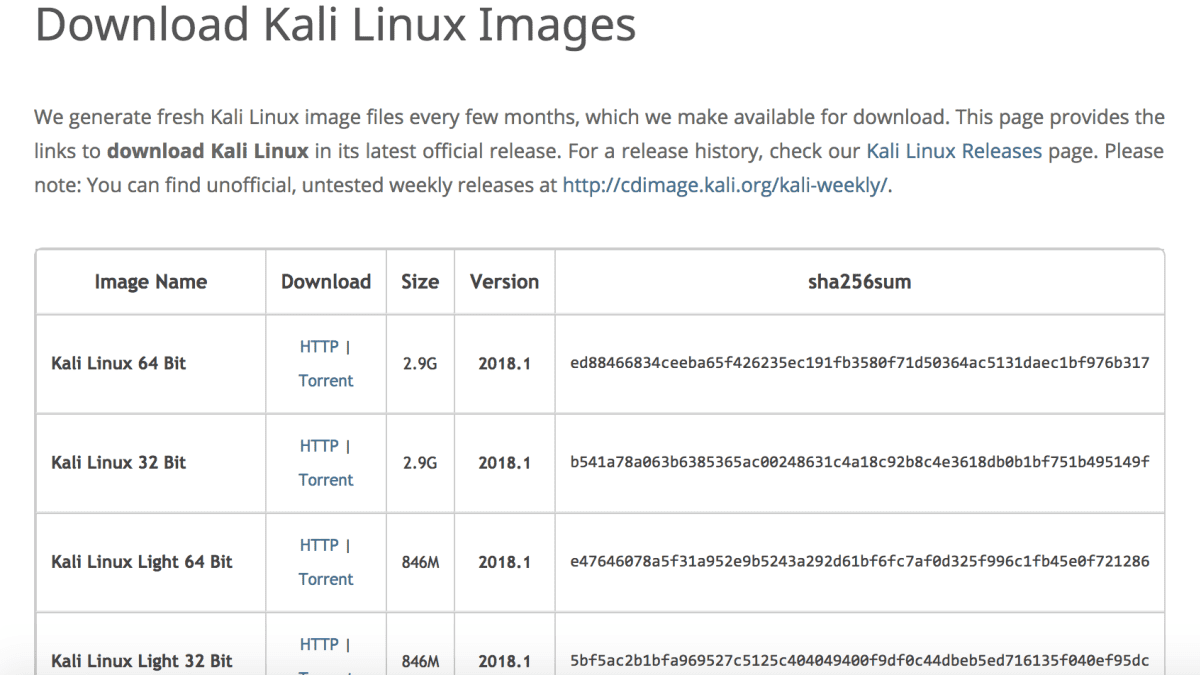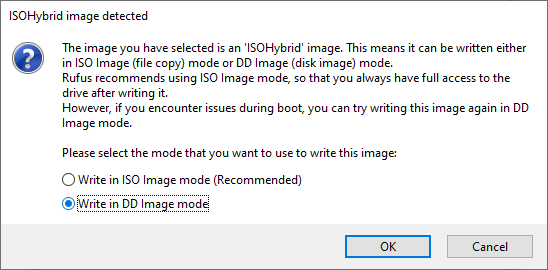


Note: USB not detected? If none of the options mentioned above worked to help you restore a USB. Recover a Corrupted USB Flash Drive or SD Card with dd
#Kali linux usb stick full#
Several methods to help you restore a USB flash drive back to original state with full capacity. (1.) Under Disk Mode, Choose USB-FDD, USB-HDD, or USB-ZIP mode I use USB-HDD as it works with every BIOS I use.(1.) Select your USB Flash Drive from the list, (2.) Click Parts Manage.Download, extract, then run Pauly’s BOOTICE Tool.NOTE: It looks like BOOTICE may no longer be in development as the last revision was in 2016. The tool uses a simple and intuitive GUI. Windows users can also use BOOTICE to format and restore a flash drive. Using BOOTICE to repair a corrupted USB drive That’s all there is to it, you should now have a restored USB key with a single exFAT or fat 32 formatted partition that can be read from any computer.
#Kali linux usb stick install#
For exFAT, (if using Ubuntu or Debian), type apt install exfat-utils and then type mkfs.exfat /dev/sd x1 (replacing xwith your drive letter).For Fat32, type mkfs.vfat -F 32 /dev/sd x1 (replacing xwith your drive letter).The last step is to create the fat32 or exFAT filesystem. Type umount /dev/sd x1 (replacing x with your drive letter).Ĭ.Type w to write the new partition information to the USB key.Press enter again to accept the default last sector.Next press enter to accept the default first sector.Type 1 to make this the first partition then press enter.Then type p to make this partition primary then press enter.Next we need to create the new partition. (fdisk should automatically select the second partition).ī. Then type d to proceed to delete another partition, if necessary.Type 1 to select the 1st partition then press enter.Next type d to proceed to delete a partition.Then type fdisk /dev/sd x (replacing x with your drive letter).Type fdisk -l and note your USB drive letter.Open a terminal ctrl+alt+t and type sudo su.First we need to delete the old partitions that remain on the USB key.
#Kali linux usb stick manual#
The following manual tasks to restore a USB drive can be performed from a Linux terminal window.Ī. Restoring a USB key to its original state using Linux


 0 kommentar(er)
0 kommentar(er)
